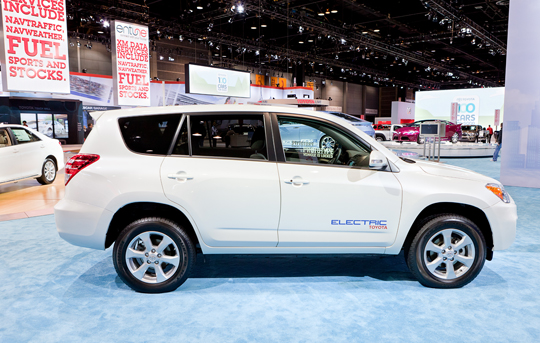Window tint is a multi-purpose tool these days. While window tinting is often seen as a sleek-looking addition to a vehicle, it can also be used on homes, office buildings, and other work spaces. Tinting windows can ensure an added layer of privacy in addition to regulating the amount of sun and light that enters a window.
As far as automobiles go, there are several types of car window tint film available on the market. Window tint film contains polyester — the thicker the polyester, the darker the tint of the window. However, different features have been added to film over the years to produce these different types of car window tint film.
Dyed Film
Dyed film is probably the most common of the different types of car window tint film. A dye is added to the film to absorb heat and reduce visibility. When sunlight hits the window, most of the heat is absorbed by the dye. The heat that gets through, reaches the window but evaporates before entering the vehicle.
Metalized Film
These car window tint films use a very thin layer of metal to both reflect light away while absorbing both heat and radiation. A wide variety of metals (25 different types) can be used in metalized films. The metal is layered incredibly thin.
Hybrid Film
These films combine the best of both dyed and metalized films. They bring together both the absorbing powers of dyed films and the reflecting powers of metalized films. Because most of the sunlight is reflected instead of absorbed, the tint can be a lot lighter than traditional, dyed films.
Ceramic Film
You might not have heard of ceramic window tint films yet, as they are somewhat of a breakthrough innovation in the industry. Ceramic films incorporate ceramic tints that not only tint windows, but also strengthen them.
Where Can I Get My Windows Tinted?
All of these different types of car window tint film are effective, so it boils down to personal preference. When you know what type of tint job you want, visit TalkLocal to find a technician that can help.











